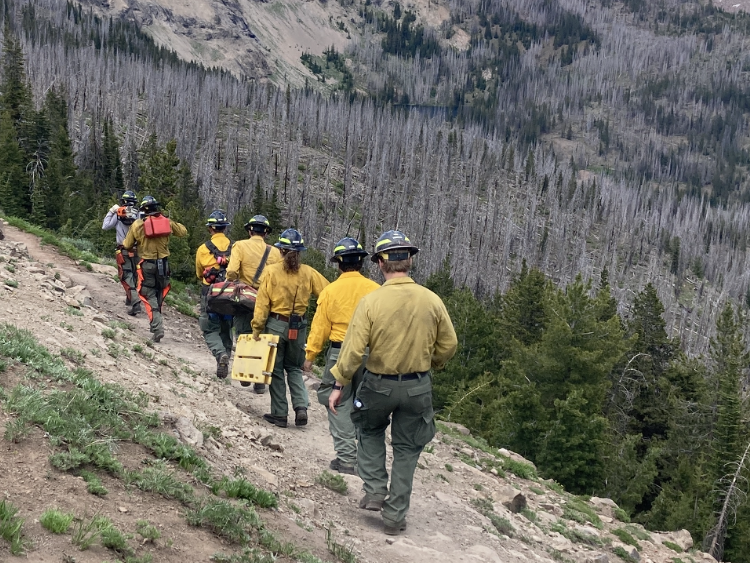Off the Beaten Path: Space laundry lament
Published 10:15 am Friday, April 15, 2022
My NASA “boarding pass” for the Artemis I moon rocket shows the launch site as Kennedy Space Center, Florida, the spacecraft, Orion. Mileage to be earned: 1,300,000 miles.
I’m an armchair space traveler. NASA collected names to put on a flash drive to be put aboard the Orion spacecraft and send into space. Artemis is now on the launchpad for testing in April. After testing, the uncrewed mission launch could be sometime between May and July. The Space Launch System rocket, reported to be “the most powerful rocket in the world,” is capable of reaching into deep space.
From the comfort of my lawn chair, I’ll read about the space mission.
Artemis I is just the beginning. Artemis II will have a crew and do a moon flyby. Then comes Artemis III — astronauts on the lunar surface. Next anticipated mission — from the moon to Mars.
Wait on a little. Back up a couple summers ago when NASA provided times and locations where the International Space Station could be seen without a telescope. In Grant County, near sunset or sunrise, I spotted the ISS several times like an oversized star briefly trailing across the sky. A covey of quail occasionally joined me as I sat in my lawn chair.
Cruising through the NASA website, I happened onto a short piece on a tour of the International Space Station with astronauts showing where they work, eat, use the bathroom, etc. What an educational look into weightless life in space.
I later read about the rest of the story. Reportedly the International Space Station smells. The word used — it “stinks.” It seems that the astronauts exercise two hours a day to counteract the weightlessness. And they sweat. Water is limited and any liquids are recycled. Their clothes are used over and over. No space station laundromats. After a year, what to do with 160 pounds of smelly laundry per person? Toss it out to burn up in space? Send it back to Earth to be laundered? (The ultimate: “Hey, Mom, would you wash up my 160 pounds of space laundry? Here’s some long-handled tongs and a gas mask.”)
Lest I dwell too much on the challenge, especially for longer future missions, there is hope for a resolution. NASA has partnered with Procter & Gamble, the maker of Tide laundry detergent, to work on the challenge — with what and how to wash clothes in space with less water? The answer could serve not only astronauts, but also communities with drought conditions or limited water throughout the world.
Along with the Artemis I launch for a lunar orbit, another stunning launch — that one in December 2021, namely the James Webb Space Telescope. Instead of orbiting Earth, the telescope is now a million miles from Earth and orbiting the sun. This boggles my mind. Not only is it orbiting, but it’s programmed to stay in a path where Earth’s shadow helps shade the enormous telescope lenses. Currently the telescope’s workings are being adjusted with plans that by summer stunning pictures of previously unexplored vistas will be seen.
Several years ago, while visiting Warsaw, Poland, a guide pointed out the school where Copernicus, an astronomer in the 1400s, studied and announced that the sun did not revolve around the Earth, but that the Earth and the other planets in our solar system revolved around the sun.
Then came Galileo in the 1500s, who is known as the father of the telescope.
Today, “a Golden Age of Astronomy.”
Grant County, a location not inundated with “light pollution” from large cities, makes for a grand spot to do nighttime gazing for an armchair space traveler.









